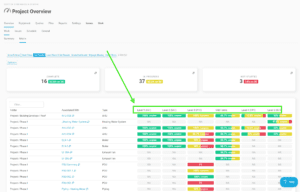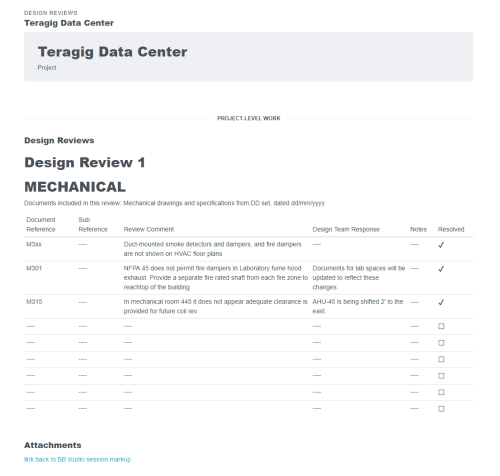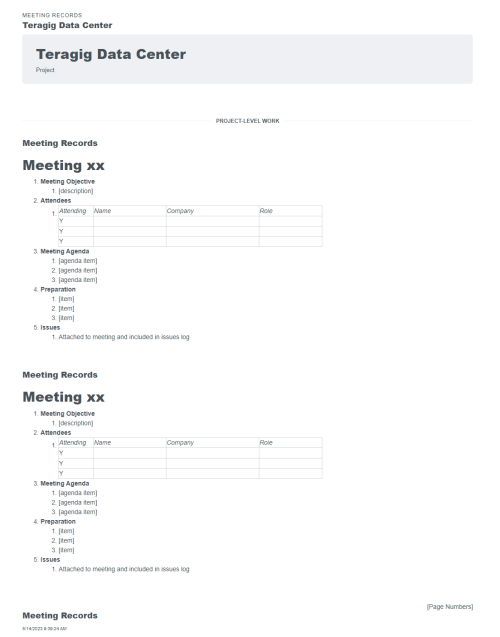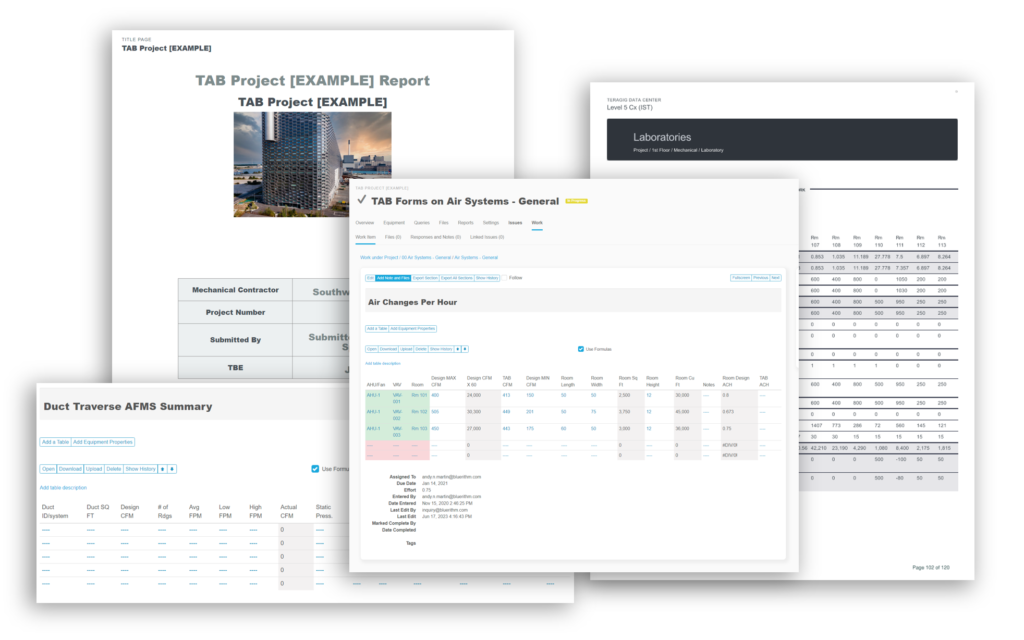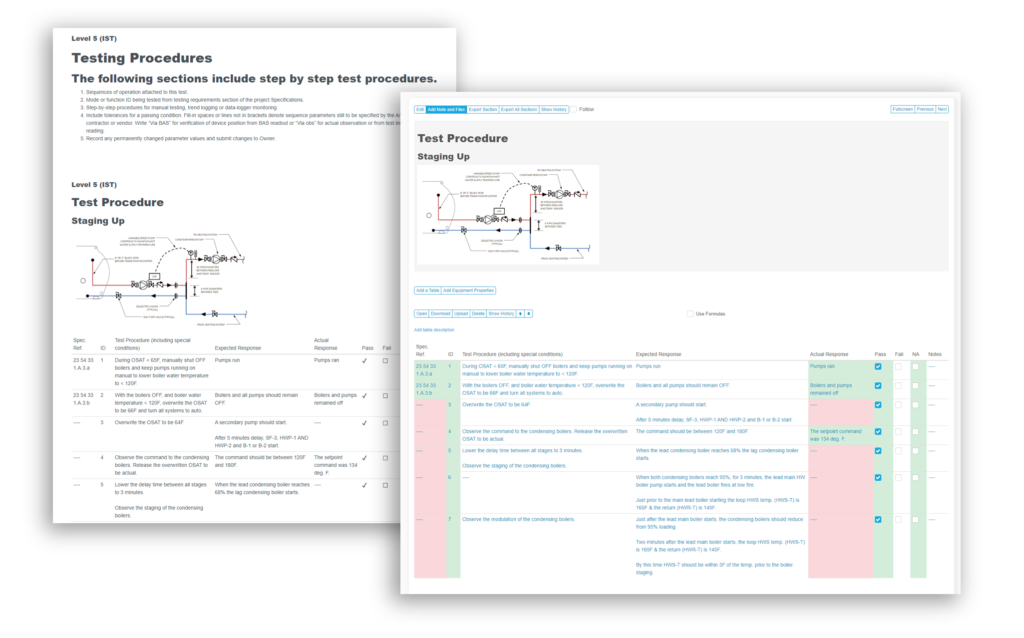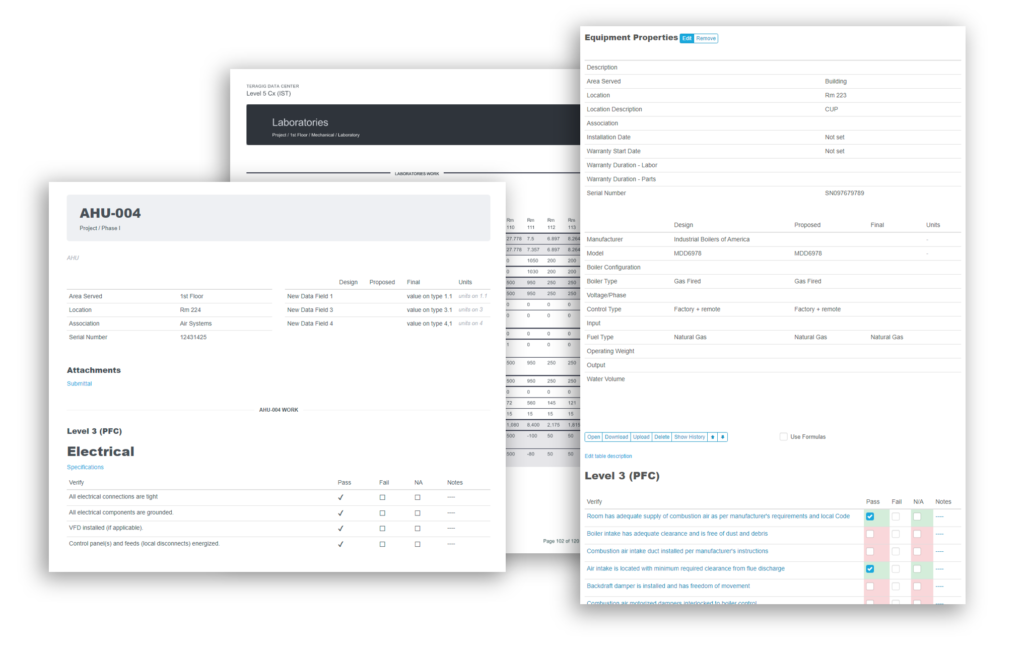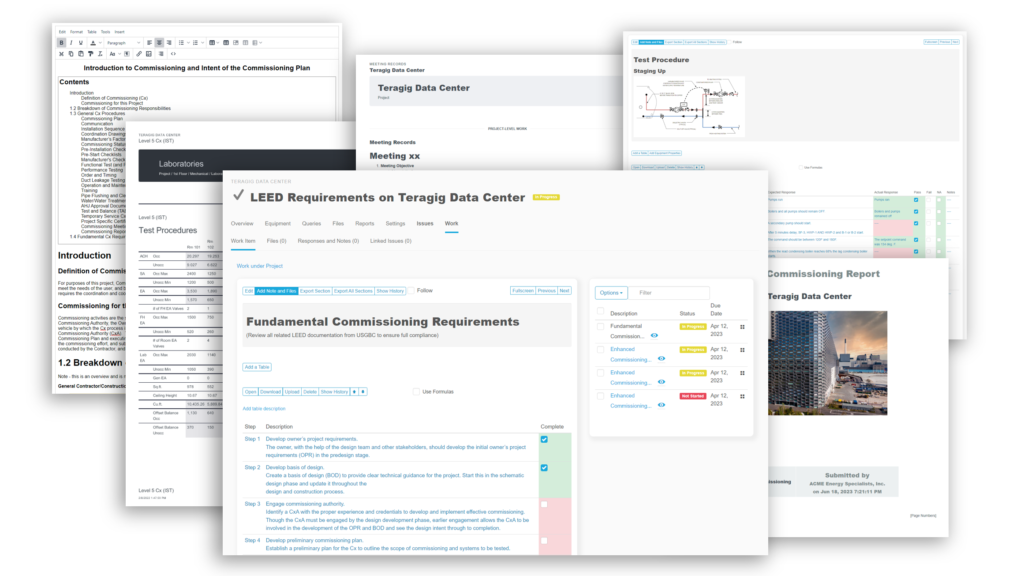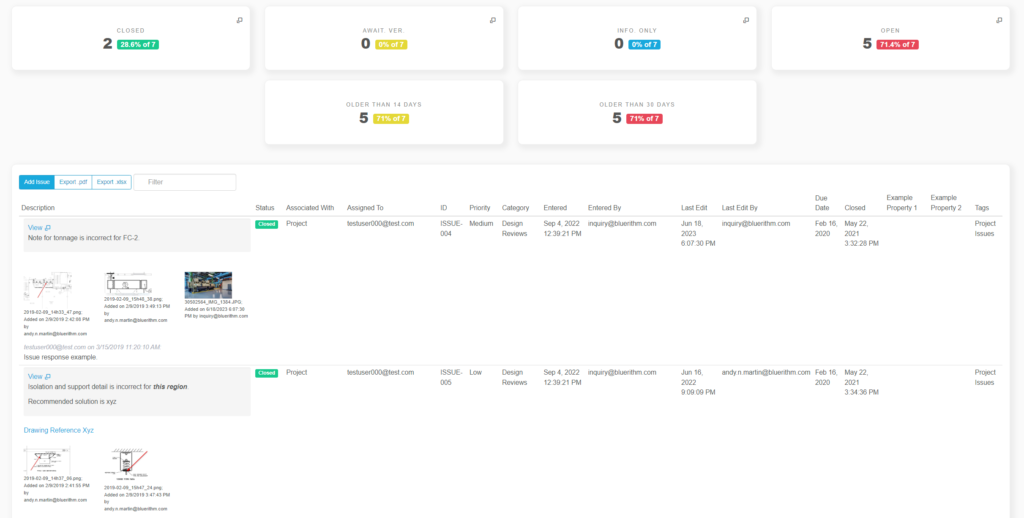Commissioning Software
How to Select the Right Product
As a business owner, you are constantly thinking about and carrying out plans to help your business run more efficiently and predictably, and improve employee morale. You know that this translates to better customer satisfaction, repeat business, better financial results, and overall a higher performing, more enjoyable business.
Deciding to adopt a commissioning software system aimed at addressing certain pain points or improving processes in your business can be a fantastic opportunity to achieve these outcomes, and can help set you apart from your competition. Implementing software systems are part of your long game. However, it can also be a huge time drain and end up causing more pain that it was originally supposed to alleviate. Which path your software implementation initiative takes depends on several things.
Do your homework, Then Sleep On It
There are lots of shiny objects in the form of software solutions on the market. They can lure us into bad decisions with promises that are often hard to keep. This can happen because the advertised benefits of a given system may not apply to your business once you begin peeling back the layers and really examining features, and how they relate to the specific problems you originally set out to solve.
Make sure the companies you’re interviewing and getting product demonstrations from are really making an effort to understand your business, how you run things, and what you’re trying to achieve. Look for companies with founders and owners who have walked in your shoes and really understand the work you do, and what you need from a software tool.
If they present new concepts or ideas that you hadn’t considered, don’t get swept away in what may seem like new possibilities until you take some time and think about how you might implement the new capabilities, and whether or not it would be realistic or worthwhile to do so. Of course, opening new doors and possibilities is generally a great thing, just be sure to be objective and realistic.
Don’t forget to engage your teams in the selection process. At the very least, have the leaders of the business groups that will be using it the most be involved in discussions, interviews, pilot projects and trials.
Training: Is it Available, and More Importantly, How Much is Needed?
Be sure to talk about the training capabilities and the options a potential vendor can offer for this. Ask about their product documentation and technical support – make sure you’re going to be able to speak with someone who’s intimately familiar with the software whenever you need to. Ask about their existing customers and how much training they needed before they were proficient with the software.
As they’re showing you around the product, try to think about how intuitive it feels and whether it’s something your teams will need MINUTES or MONTHS to get up to speed on. A perfectly designed user interface would require no training whatsoever, kind of like a well designed building entrance doesn’t need signs telling you to push or pull or where to walk; you just intuitively know because of the underlying and subtle design elements. It’s unlikely you will ever be able to get away without any training at all, but this is something to think about.
Sell It, Then Back Up Your Commitment and Expectations
After running a pilot project or trial, and have pulled the trigger on a certain option, its generally accepted that you need to clearly communicate to your teams the benefits of adopting the new software. It needs to be known that it’s a necessary tool and will be ingrained in your company’s day to day processes and culture.
If the implementation process begins to flounder, talk to your software provider and ask for advice or additional support, or potentially some customized training.
The expectations for your teams needs to be clear – if everyone is not on board or if there are detractors, the adoption and integration into your business could fail. Try to use positive reinforcement techniques, like awards or contests related to outcomes that come from the use of the software. This is in contrast to a penalty / consequence approach where you will end up playing process police, which will accelerate its demise.
Ultimately, regardless of the quality and design of the software, reaping the benefits of its successful integration into your business falls on everyone’s shoulders, but starts at the leadership of your organization – from the initial selection of the right product through the roll out and overall implementation.
Read next: How to roll-out commissioning software to your company.
This is original content from BlueRithm, except where otherwise noted.



